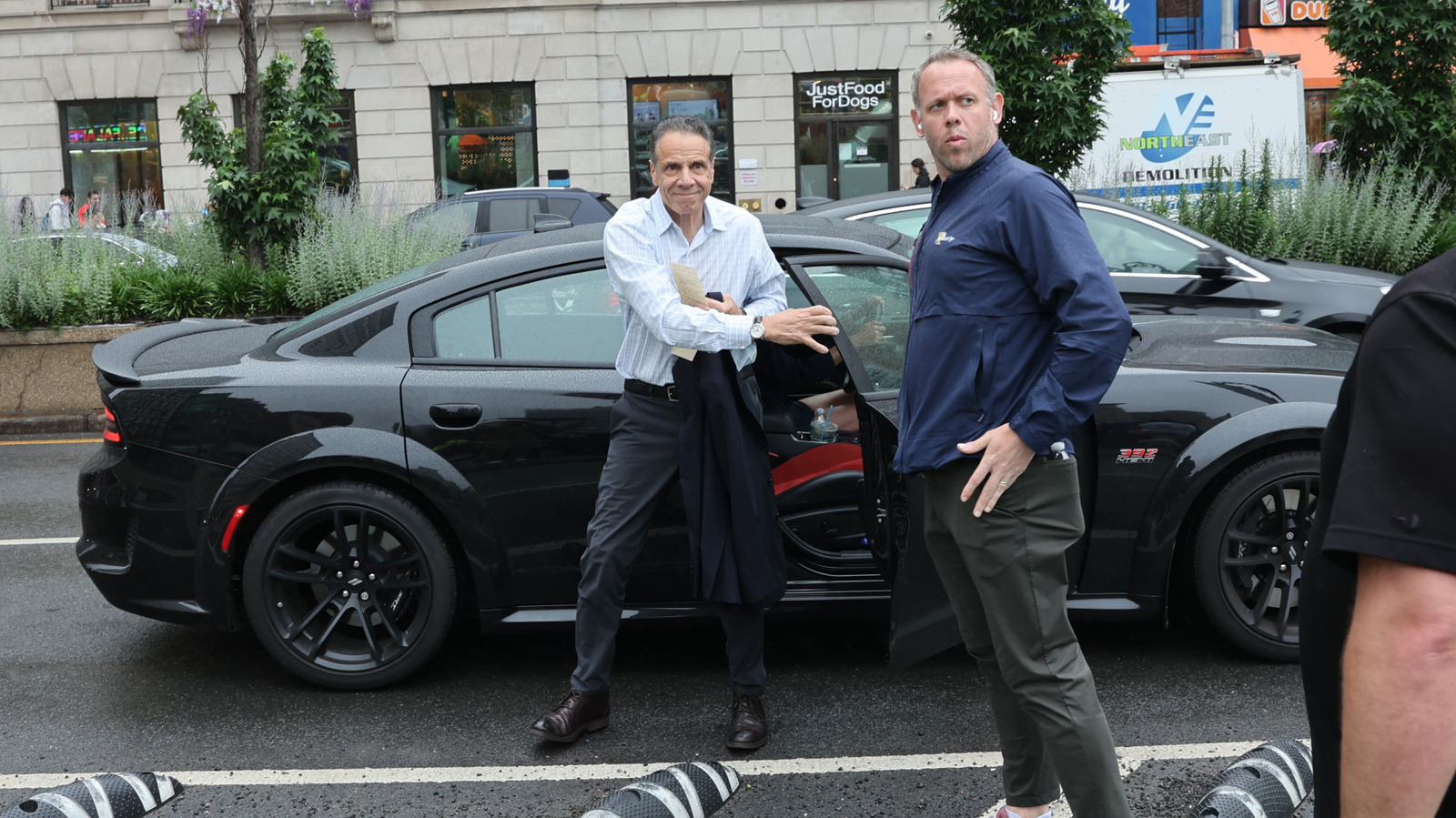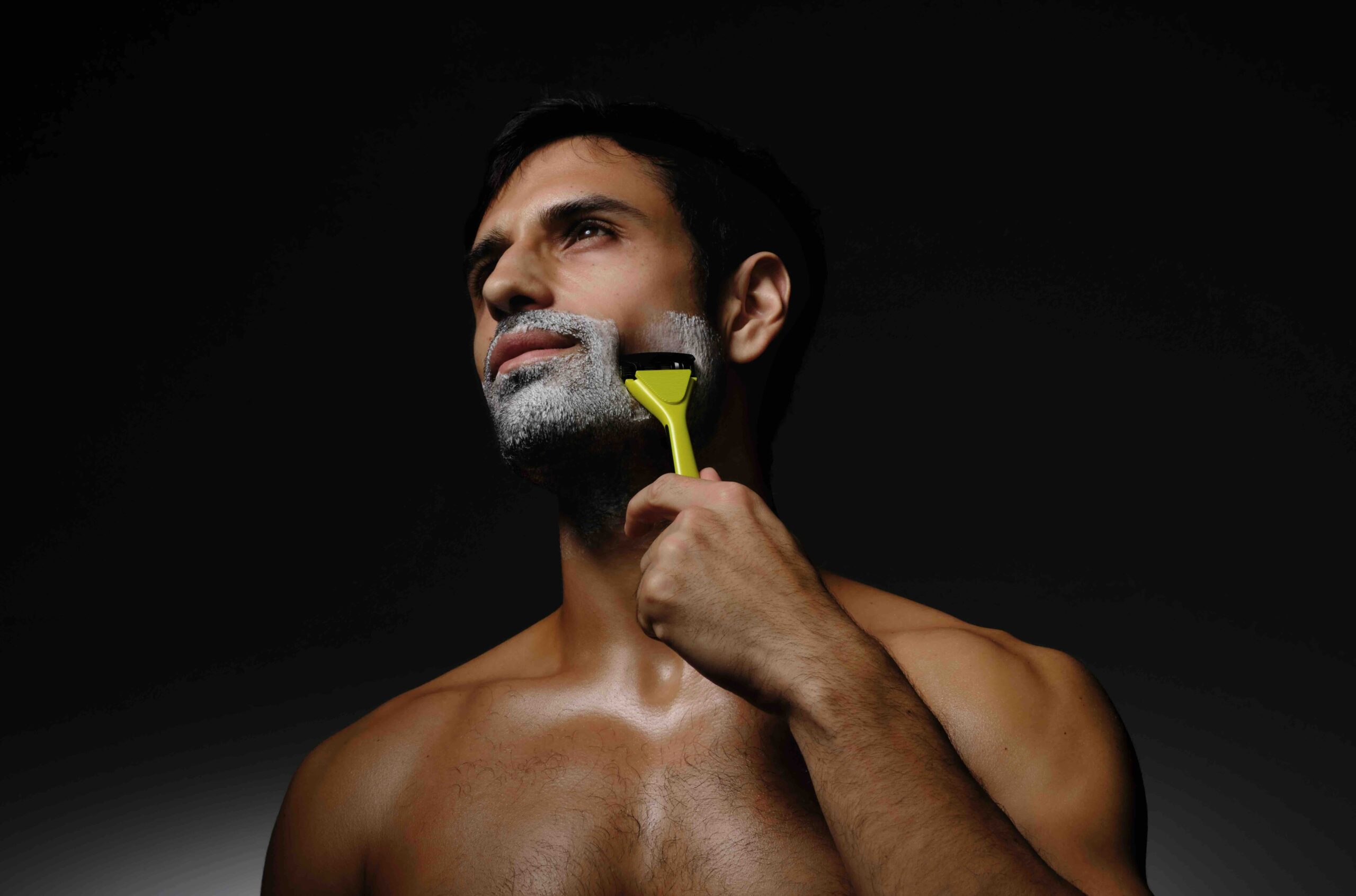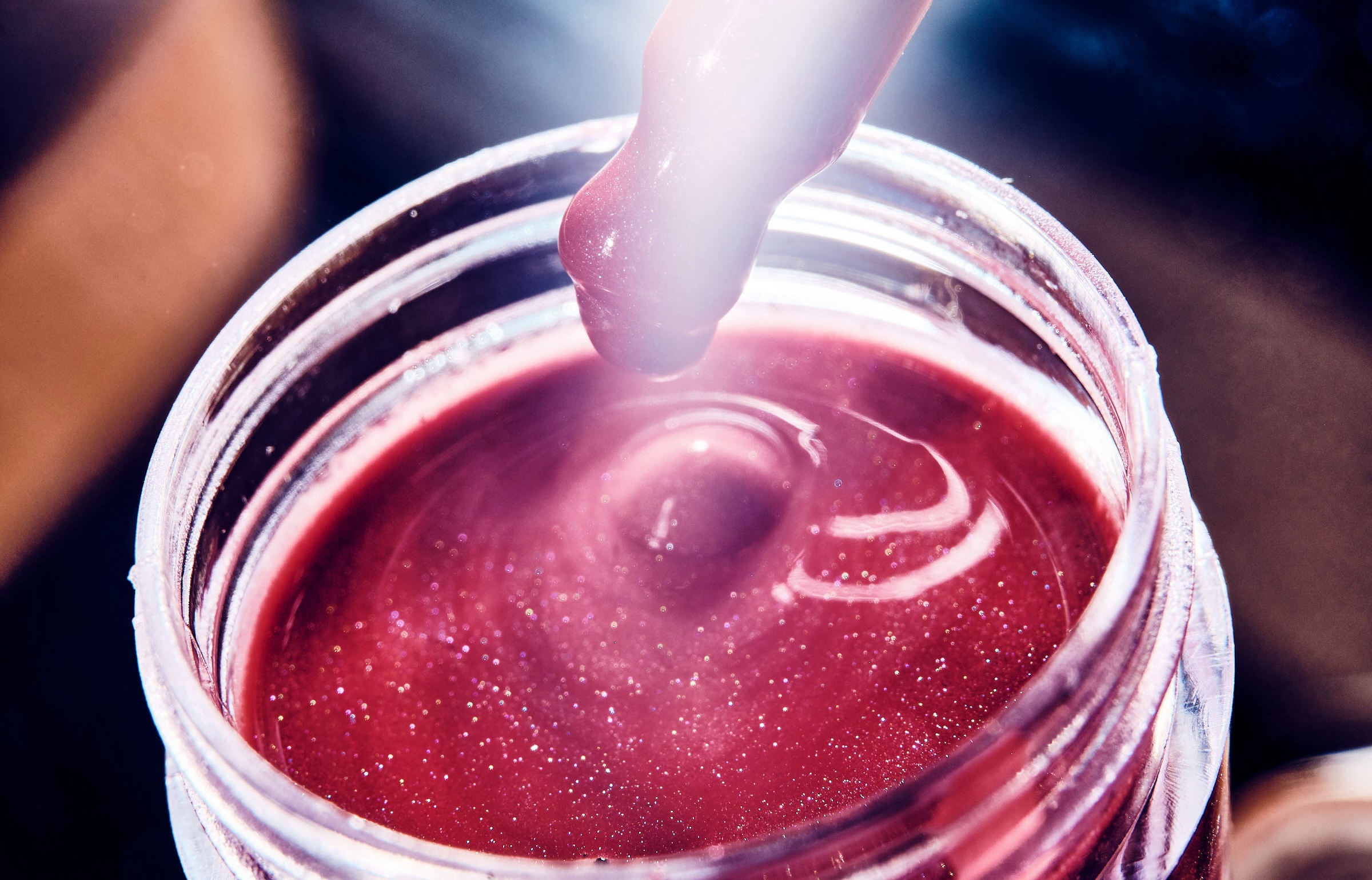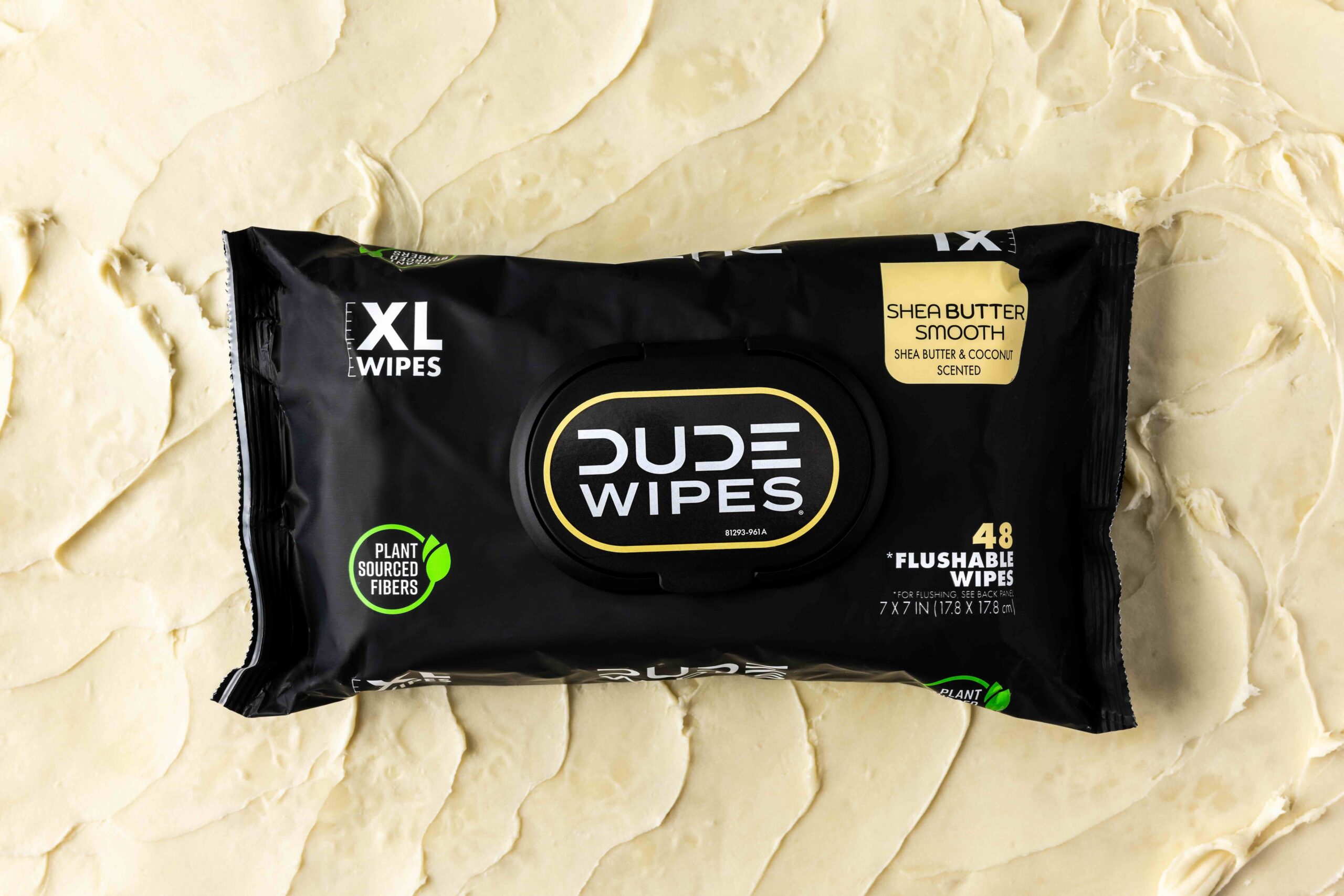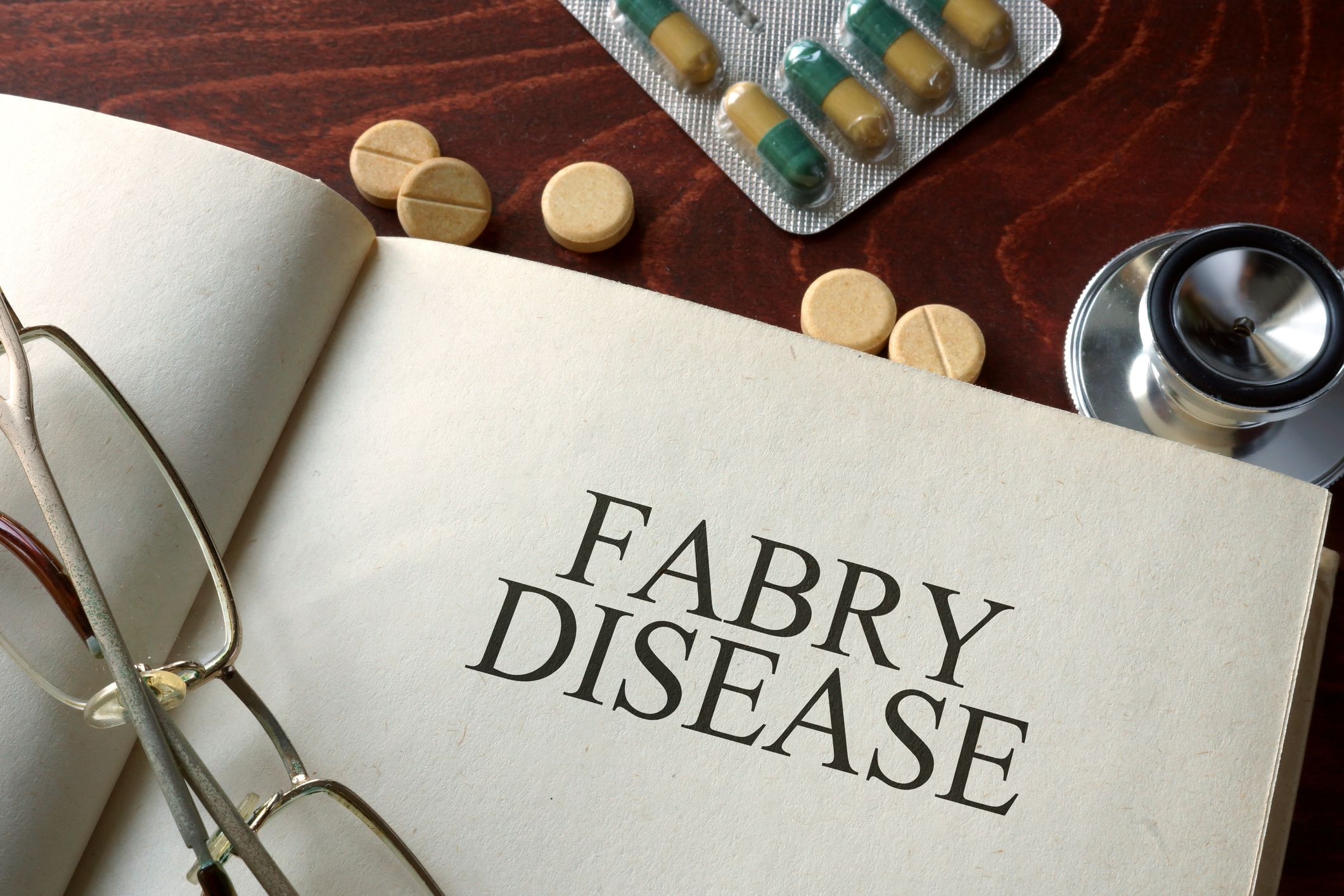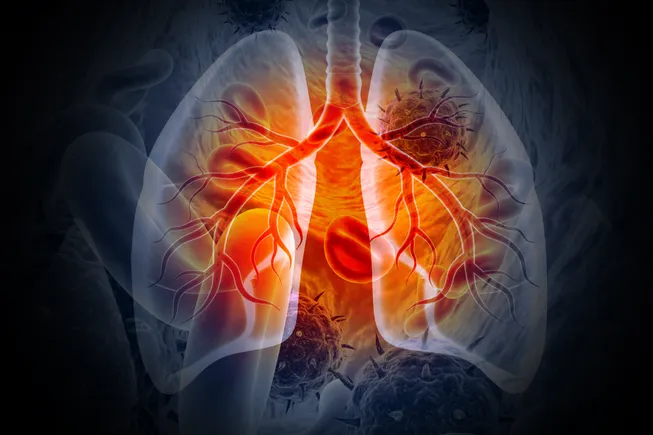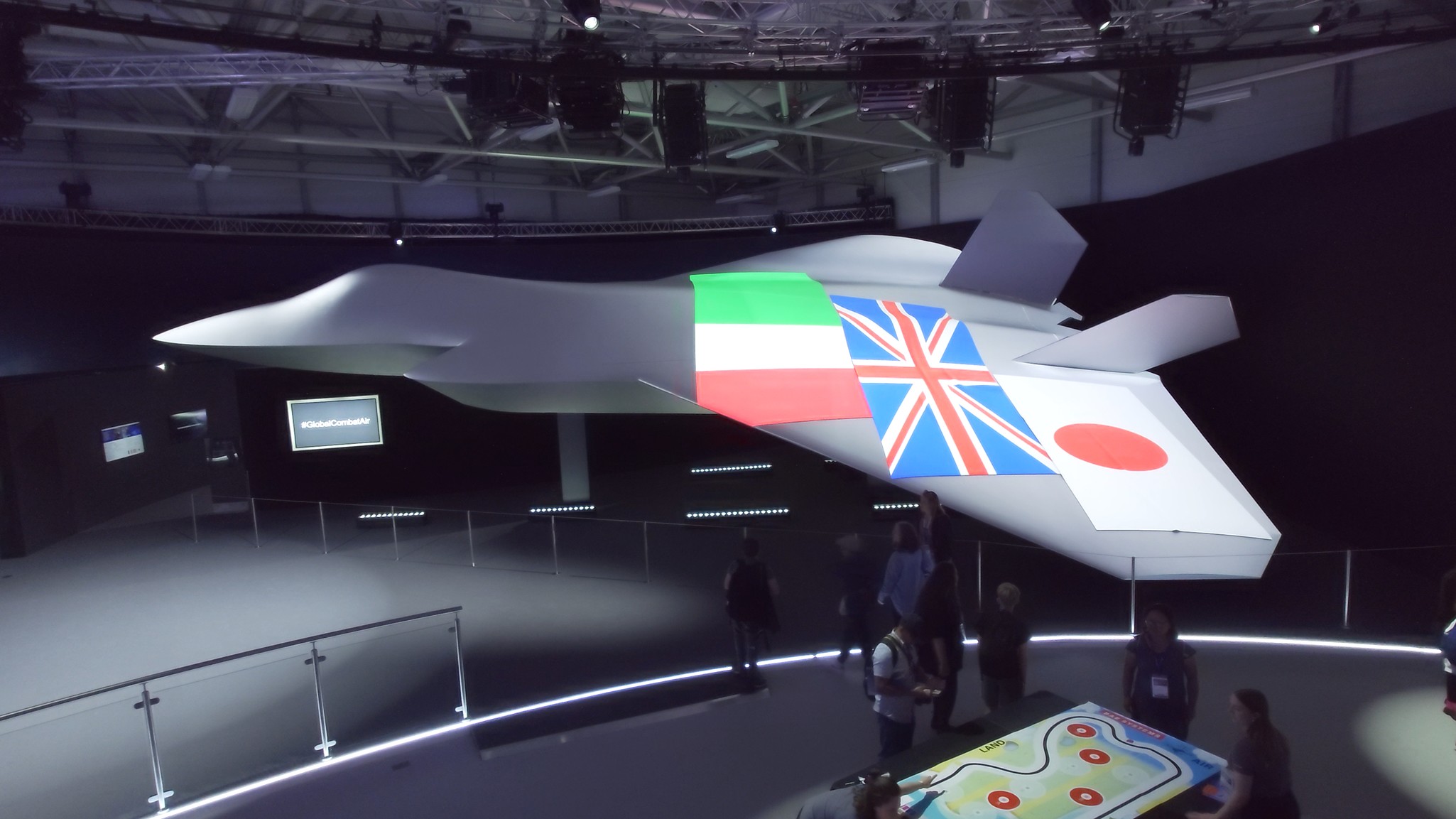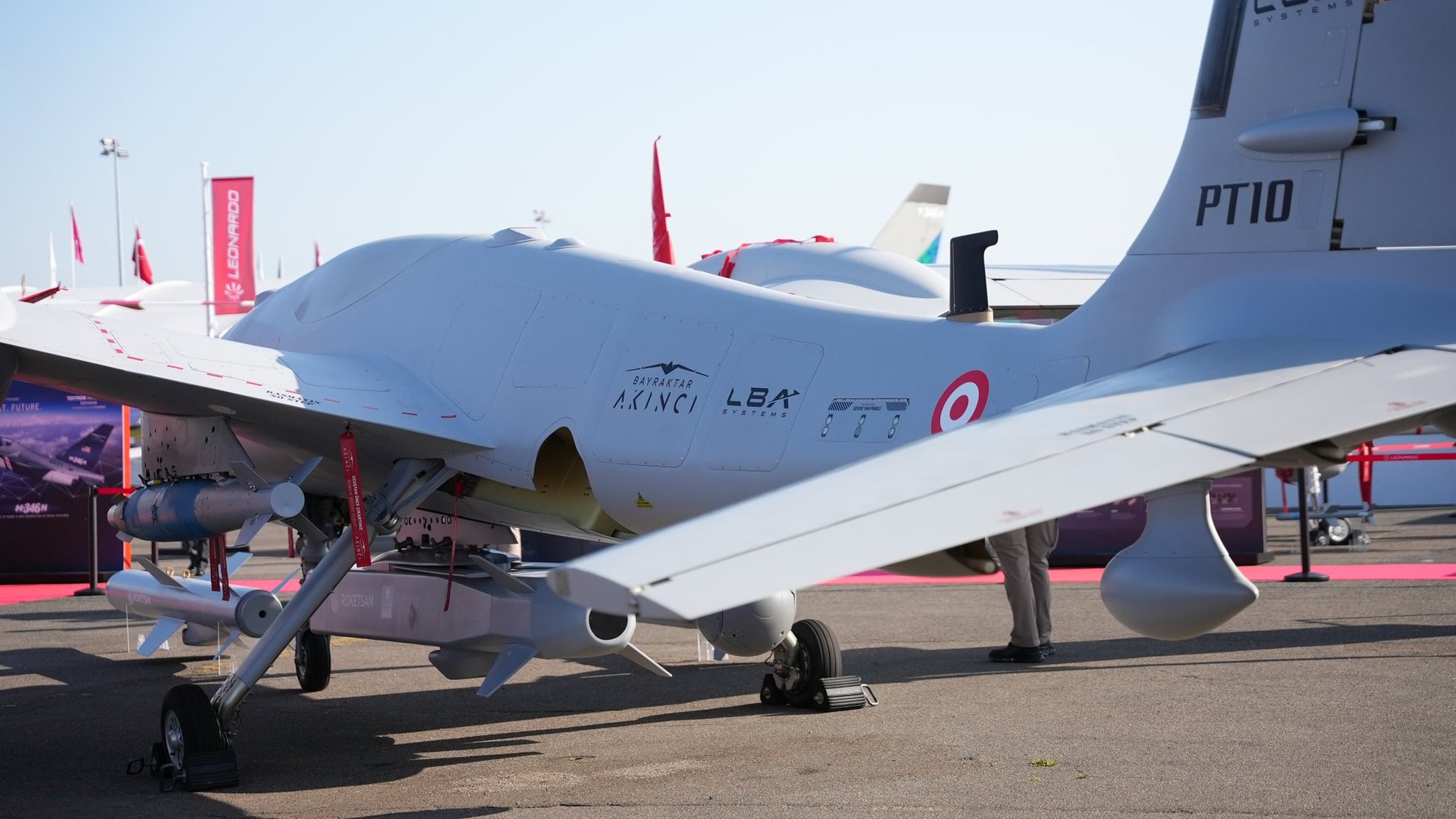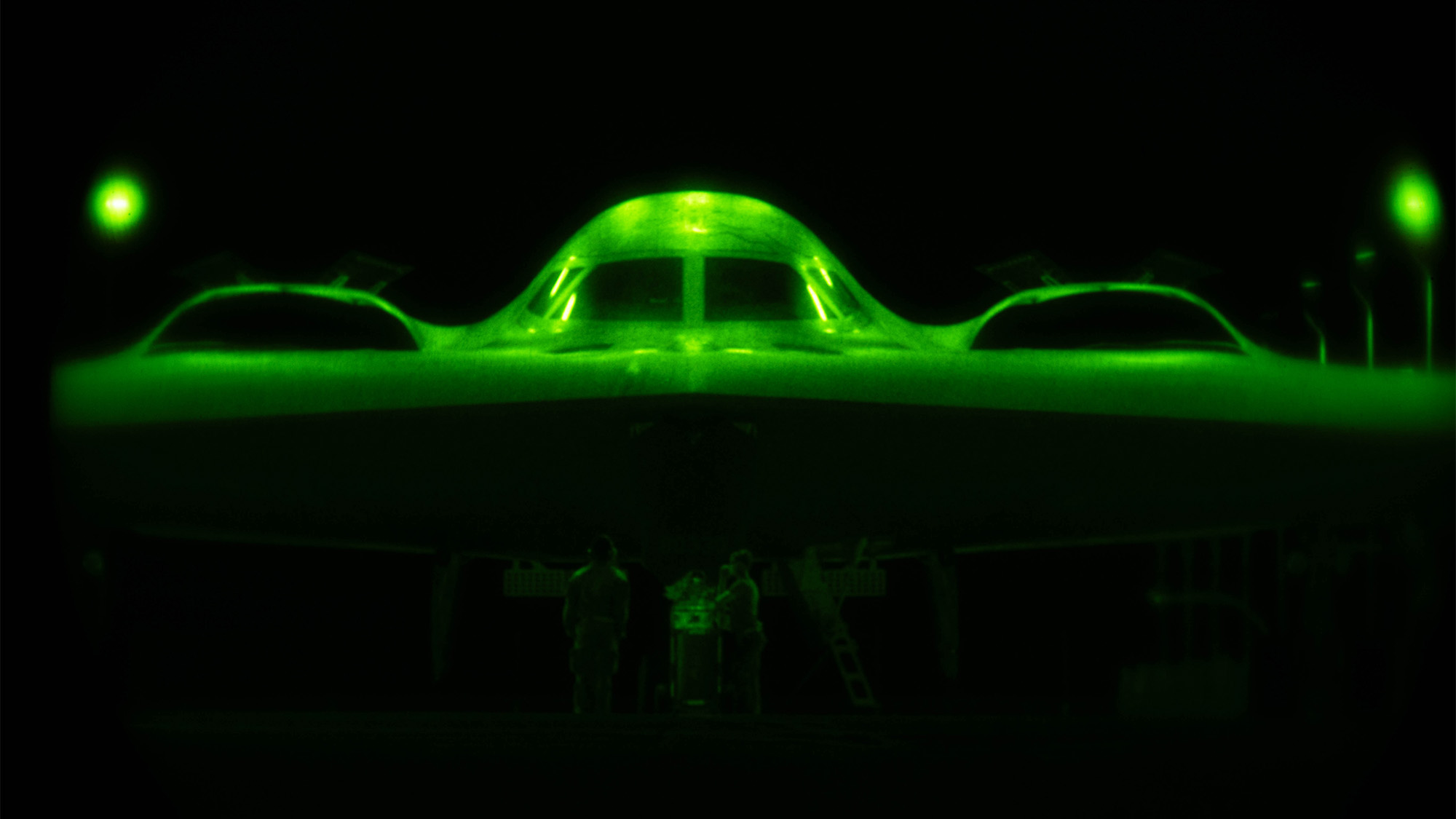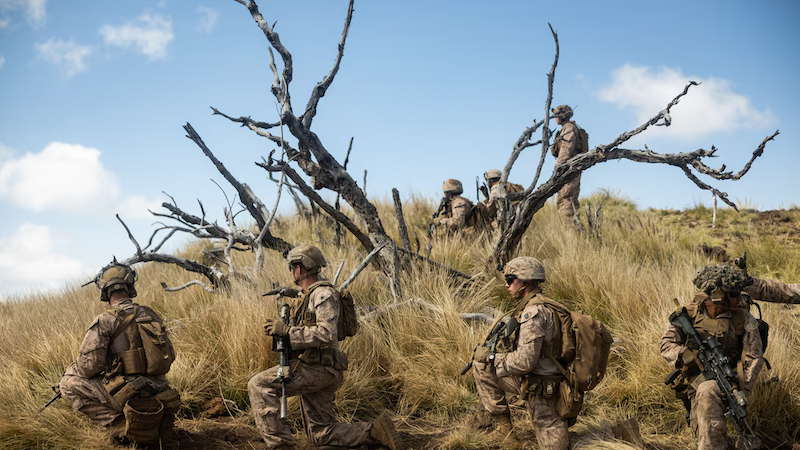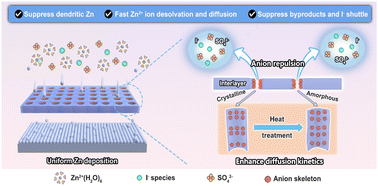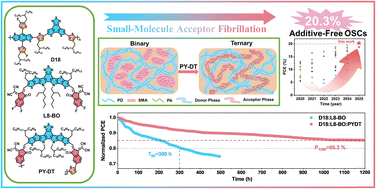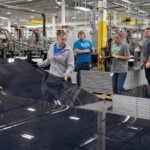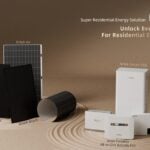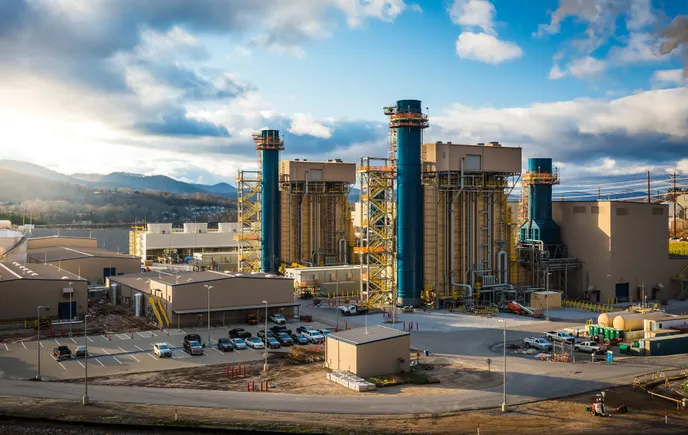Geometrically Controlled WNT Activation Drives Intestinal Morphogenesis
Advanced Healthcare Materials, EarlyView.

Crypt-villi-like morphogenesis can be driven and controlled via architectural patterns in colorectal cells with the use of digital light processing printing. The resulting mini tissues exhibit budding structures and functionality, as evidenced by increased mucin expression. Collectively, these results decouple the role of chemical and physical cues in epithelial behavior.
Abstract
Morphogenesis is a multifaceted process that integrates biochemical signals with mechanical and architectural cues to drive tissue formation. Here, the modulation of WNT signaling and engineered microenvironments synergistically drive crypt-villus-like morphogenesis in colorectal carcinoma (Caco-2) cells. Fibroblast conditioned media induced WNT-dependent budding, confirmed via secretome profiling and WNT inhibition by Dickkopf-1 (DKK1). Direct modulation of WNT activity with agonist CHIR enhanced both epithelial budding and mucin 2 (MUC2) expression. To isolate the role of architecture in this process, fabricated gelatin methacrylate (GelMA) microwell arrays via digital light processing (DLP) printing enabled independent control of geometry and stiffness. Increased scaffold perimeter-to-area ratios promoted epithelial budding and MUC2 upregulation, even in the absence of exogenous WNT agonists. Disruption of myosin contractility abolished these effects, underscoring the importance of mechanotransduction in this process. These findings reveal that mechanical and architectural cues can independently orchestrate intestinal epithelial morphogenesis, offering new strategies for gut-mimetic culture systems.





























